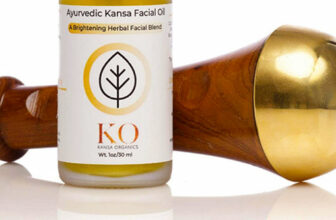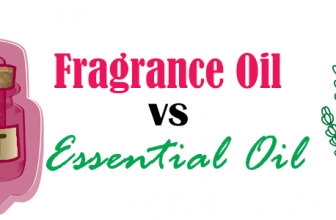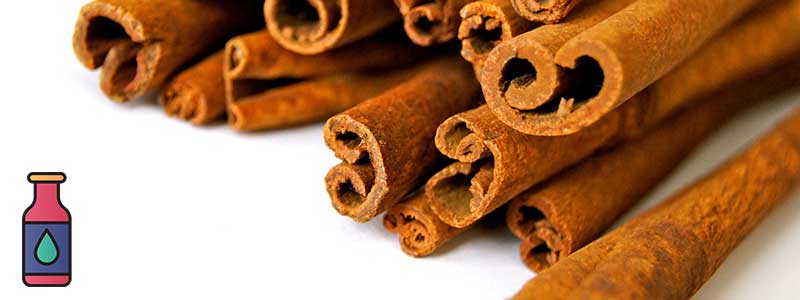
There are loads of information regarding cinnamon essential oil, but what about cinnamon fragrance oil? What are their differences, and why are there two of these seemingly identical oils? In this article, we’ll explore all these and check out the products that are available on the market.
What Does Cinnamon Smell Like?
Cinnamon is sweet, spicy, and soothing all at once. It has a subtle fruity smell with a blend of pepper and vanilla.
Cinnamon Fragrance Oil vs Cinnamon Essential Oil
To the average person, cinnamon fragrance oil and cinnamon essential oil should smell the same. It’s hard to tell the difference when it comes to their aroma. However, the production process is substantially different. Cinnamon essential oil is made solely from cinnamon extracts, particularly from the plant’s bark. On the other hand, cinnamon fragrance oil contains mostly cinnamon extracts plus a small blend of synthetic oil. Put simply, one is 100% pure cinnamon oil while the other is not.
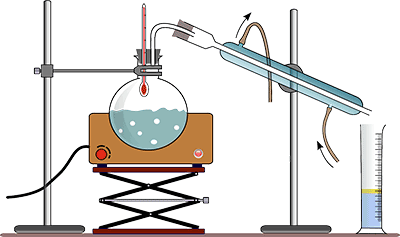
There are some essential oil makers that claim 100% purity and charge a significantly small price for a 60 or 120 mL bottle. Chances are, they aren’t completely clear with their claims. For instance, a 5 mL bottle of Rose essential oil from a leading brand can cost upwards of USD 200, while the same bottle of Rose essential oil from competing brands are priced at only 10-30 bucks.
Many essential oils can also be blended with other essential oils. They come from undiluted sources and can be labeled as 100% pure as well. However, some unscrupulous manufacturers mix up synthetic oil in order to save on costs.
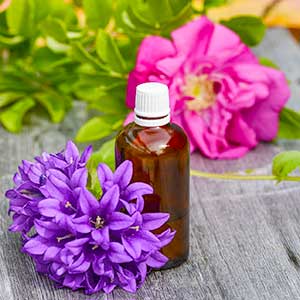
For this reason, if the price of a bottle is cheap and the size is big, then it is most likely a fragrance oil rather than an essential oil. It’s clearly unsustainable to sell pure oils in large volumes at bargain prices.
It takes a lot of the plant to be able to extract a small amount of its essence. Additionally, not all plants can be made into an essential oil. There’s also the cost of transporting the raw materials, as well as the manpower needed to grow the plant and extract the oil. All these things add up to the product’s final price.
Cinnamon Fragrance Oil and Essential Oil Uses
If one type is pure and the other is not, then why use the impure type at all? Isn’t it detrimental to the body?
It should be noted that cinnamon essential oil is extremely potent. This means that even a small amount that gets in contact with the skin can cause irritation. The same thing can happen if it’s directly inhaled.
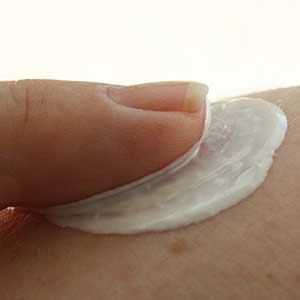
That’s why in most applications, cinnamon and other essential oils need to be diluted before use. In massage and skin care, carrier oil is used to dilute essential oil. In aromatherapy, there is usually no need to dilute the essential oil. However, some diffusers suggest using water to control the strength of the scent.
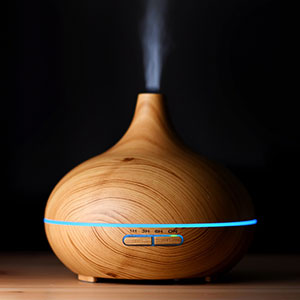
Cinnamon fragrance oil, although not as potent as its essential oil counterpart, needs to be diluted as well when used in massage or skin care. Most of these fragrance oils still contain a high concentration of essential oil. Thus, dilution is necessary. The measurements will depend on the manufacturer’s recommendation.
Moreover, both cinnamon fragrance oil and cinnamon essential oil can be used in the following:
- Soaps
- Shampoos
- Lotions
- Disinfectants
- Dishwashing Liquids
- Surface Cleaners
- Detergents
- Incense
Cost is a huge factor when choosing between fragrance oil and essential oil. For example, 100 grams of cinnamon sticks can barely produce 1 gram of essential oil in 5 hours. On the contrary, a reasonable amount of cinnamon fragrance oil can be produced in a lab given the same length of time.
Popular Fragrance Oils
Since fragrance oils are synthetic, there can be a plethora of possible scent combinations. Below is a list of Cinnamon scents and other aromas that are available in the market today.
| Item | Quantity | Volume | Rating |
|---|---|---|---|
|
|
6 | 10 mL each | |
|
|
1 | 60 mL | |
|
|
1 | 60 mL | |
|
|
6 | 10 mL each | |
|
|
6 | 10 mL each | |
|
|
6 | 10 mL each | |
|
|
10 | 5 mL each | |
|
|
10 | 5 mL each | |
|
|
1 | 120 mL | |
|
|
1 | 30 mL |













